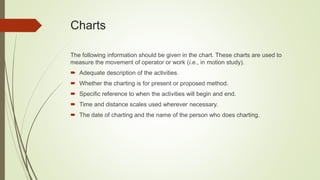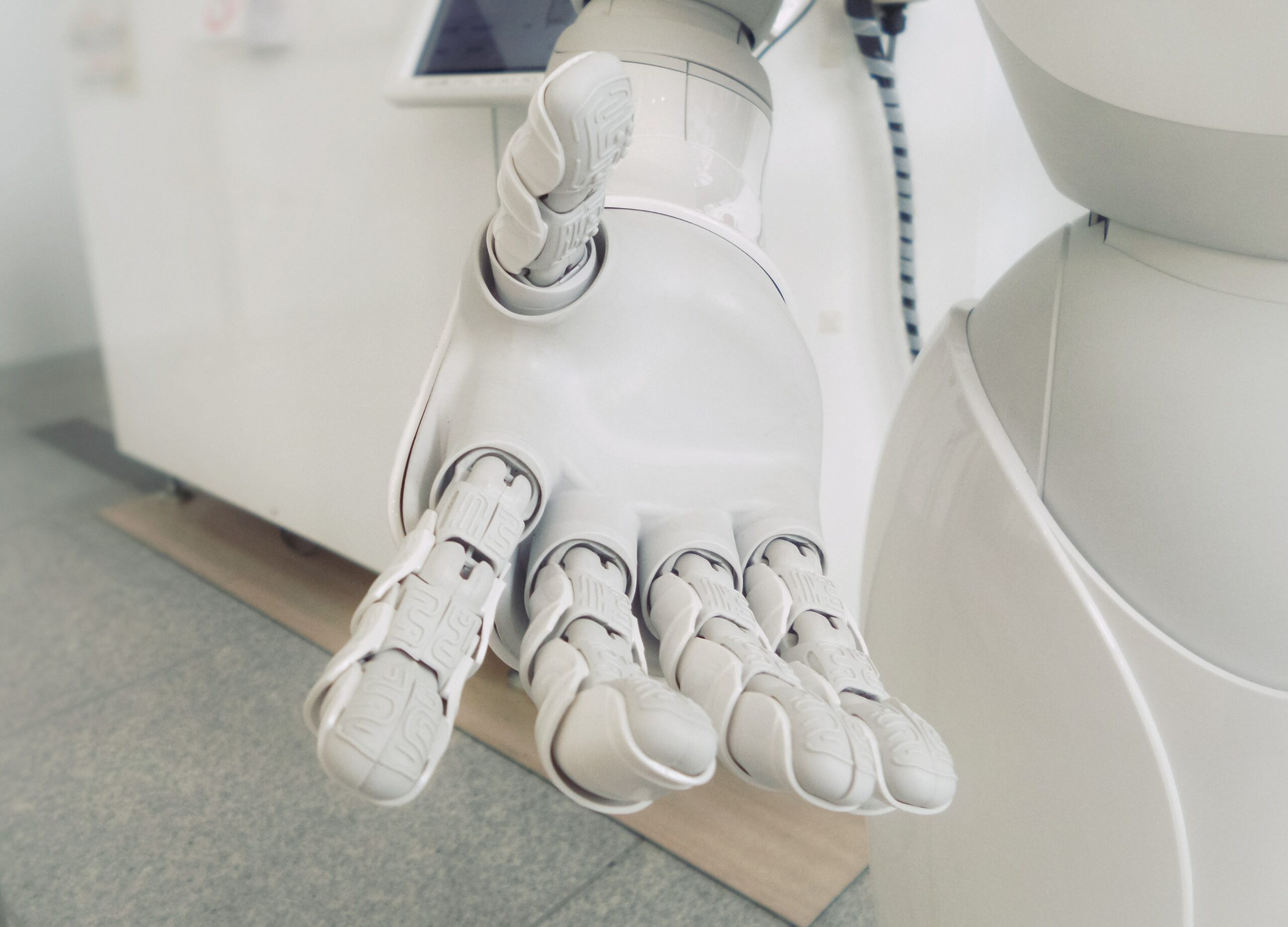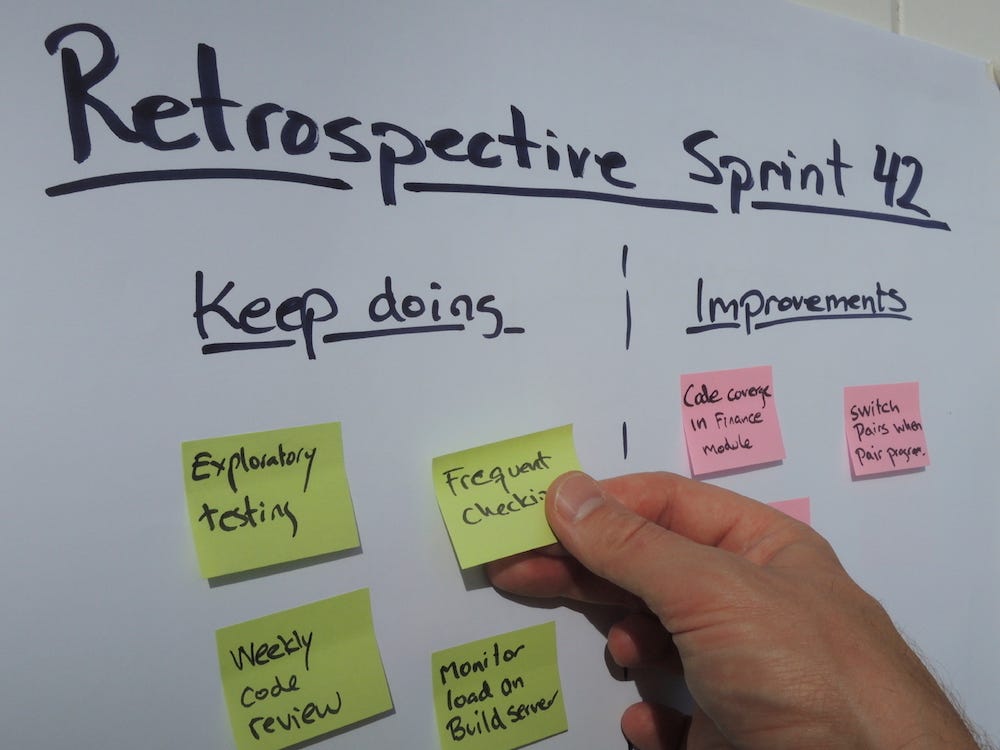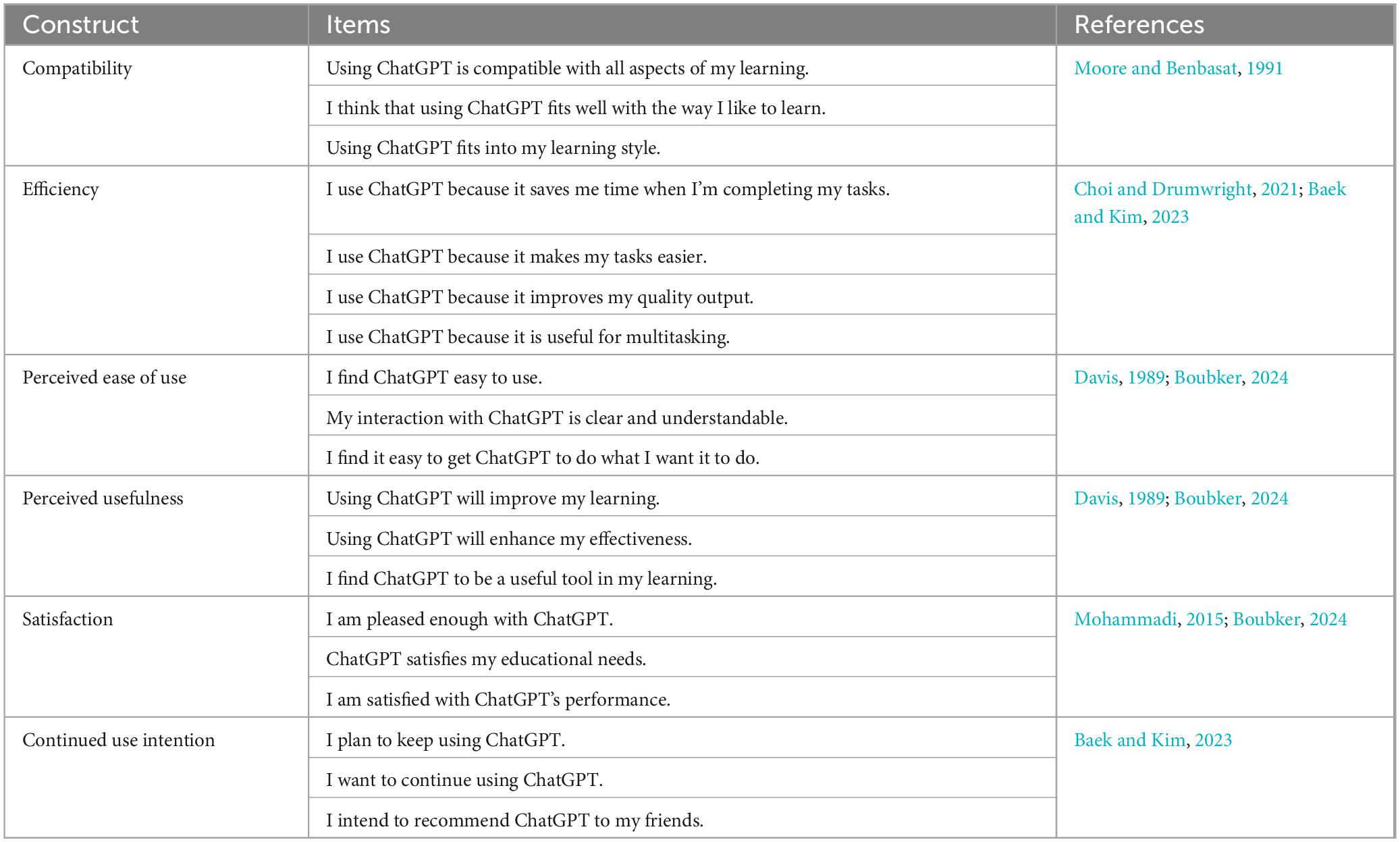
Published: Dec 3, 2024
10 Game-Changing Ways ChatGPT Boosts Team Productivity
10 Game-Changing Ways ChatGPT Boosts Team Productivity
I’ve gotta tell you, productivity’s my middle name… well, actually it’s “Rivera,” but you get the point! I’ve seen teams struggle to keep up in this fast-paced world, and let me tell you, it ain’t pretty. But fear not, my fellow efficiency enthusiasts! I’ve got a secret weapon that’ll make your team purr like a well-oiled machine. Spoiler alert: it’s ChatGPT, and it’s about to rock your world!
TLDR:How exactly can ChatGPT improve team productivity? Let's dive into the nitty-gritty!
1️⃣ Automated Task Management
ChatGPT can help prioritize tasks, set reminders, and even draft to-do lists for team members, freeing up valuable time for more critical thinking and creative work.
2️⃣ Enhanced Communication
By assisting with drafting emails, messages, and meeting notes, ChatGPT streamlines team communication, ensuring clarity and reducing misunderstandings.
3️⃣ Rapid Information Retrieval
ChatGPT acts as a knowledge base, quickly providing answers to common questions, reducing time spent searching for information and allowing teams to focus on problem-solving.
Table of Contents
- Understanding ChatGPT’s Role in Team Productivity
- Top 10 Ways to Leverage ChatGPT for Team Productivity
- 1. Streamlining Communication

- 2. Automating Routine Tasks

- 3. Enhancing Brainstorming Sessions
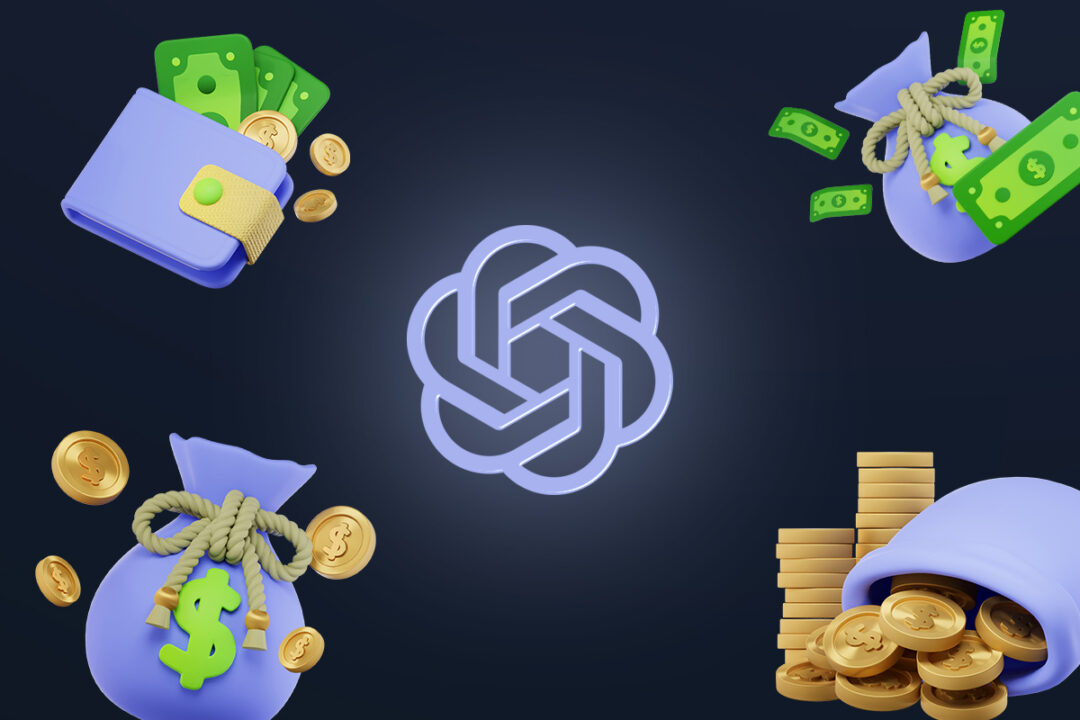
- 4. Simplifying Project Management

- 5. Improving Customer Support

- 6. Facilitating Learning and Development

- 7. Optimizing Meeting Efficiency

- 8. Assisting with Research and Analysis

- 9. Boosting Content Creation
- 10. Enhancing Problem-Solving

- 1. Streamlining Communication
- Implementing ChatGPT in Your Team Workflow
- Start Small: The Pilot Project Approach
- Training: More Than Just Pushing Buttons
- Integrate with Existing Tools
- Address the Elephant in the Room: Data Security
- Feedback Loop: Iterate and Improve
- Scale Smartly: From Pilot to Company-Wide
- Measure, Measure, Measure
- Common Pitfalls to Avoid
- Real-World Success: A Case Study
- Measuring the Impact of ChatGPT on Team Productivity
- The Future of AI in Team Collaboration
Understanding ChatGPT’s Role in Team Productivity
Let’s face it, folks - the workplace is changing faster than I can whip up a project proposal (and trust me, I’m pretty quick). Enter ChatGPT, the AI powerhouse that’s shaking things up in offices worldwide. It’s not just another fancy tech toy; it’s becoming the secret sauce for teams looking to supercharge their productivity.
How ChatGPT is Transforming Teamwork
Picture this: You’re knee-deep in a project, deadlines looming, and your team’s scattered across different time zones. Sounds like a recipe for stress, right? Well, ChatGPT is stepping in as the ultimate digital assistant, helping teams collaborate like never before.
24/7 Availability: Unlike your coffee-fueled intern (no offense, interns!), ChatGPT doesn’t need sleep. It’s always on, ready to help with those middle-of-the-night brainstorming sessions or early morning data crunches.
Language Barriers? What Language Barriers?: Got team members who speak different languages? ChatGPT can translate on the fly, making communication smoother than a well-oiled machine.
Idea Generation on Steroids: When the creative well runs dry, ChatGPT can spark new ideas faster than you can say “writer’s block.”
Real-World Impact: Numbers Don’t Lie
Don’t just take my word for it. The stats are rolling in, and they’re pretty jaw-dropping:
A study by Accenture found that AI-powered tools like ChatGPT can boost productivity by up to 40% in certain industries. That’s like adding two extra days to your work week!
McKinsey & Company reports that 50% of current work activities could be automated using AI technologies like ChatGPT. Imagine cutting your to-do list in half!
The Human Touch: ChatGPT as a Teammate, Not a Replacement
Now, I know what you’re thinking. “Jamie, are robots taking our jobs?” Take a deep breath. ChatGPT isn’t here to replace humans; it’s here to make us better at what we do.
Enhancing Human Creativity: By handling routine tasks, ChatGPT frees up our brains for the big-picture thinking that machines just can’t match.
Leveling the Playing Field: Small teams can now compete with the big dogs, thanks to AI-powered productivity boosts.
Continuous Learning: ChatGPT learns and adapts, just like us humans. It’s like having a team member who’s constantly upskilling.
Challenges: It’s Not All Sunshine and Rainbows
Let’s keep it real – integrating ChatGPT into your team workflow isn’t always smooth sailing:
Data Privacy Concerns: You’ve got to be smart about what info you’re feeding into the AI. No sharing those top-secret company plans!
Over-Reliance: It’s a tool, not a magic wand. Teams need to strike a balance between AI assistance and human judgment.
Learning Curve: Like any new tech, there’s a bit of a learning curve. But trust me, it’s worth it.
The Bottom Line: ChatGPT is a Game-Changer
In my years as a productivity guru, I’ve seen tools come and go. But ChatGPT? It’s sticking around, folks. It’s not just changing how we work; it’s redefining what’s possible in team collaboration and productivity.
So, are you ready to take your team’s productivity to the next level? Buckle up, because with ChatGPT in your corner, you’re in for one heck of a ride. Let’s dive into the nitty-gritty of how to make this AI wonder work for you and your team!
Top 10 Ways to Leverage ChatGPT for Team Productivity
Look, I’ve seen teams struggle with productivity more times than I can count. But ChatGPT? It’s a game-changer. Let me break down the top 10 ways you can use this AI powerhouse to supercharge your team’s efficiency.
1. Streamlining Communication
Ever feel like you’re drowning in emails? ChatGPT’s got your back. It can help draft responses, summarize long threads, and even suggest better ways to phrase things.
- Quick Replies: Use ChatGPT to generate template responses for common inquiries. It’s like having a personal assistant who never sleeps!
- Tone Adjustment: Need to soften a message? Make it more formal? ChatGPT can help you hit the right note every time.
2. Automating Routine Tasks
Those repetitive tasks eating up your day? Kiss ‘em goodbye. ChatGPT can take care of the grunt work, freeing you up for the big-picture stuff.
- Report Generation: Feed it some data, and watch ChatGPT whip up a professional-looking report in seconds.
- Scheduling Assistance: It can help coordinate meeting times across different time zones. No more back-and-forth emails!
3. Enhancing Brainstorming Sessions
Stuck in a creative rut? ChatGPT can be your digital muse, sparking fresh ideas when your team’s well runs dry.
- Idea Generation: Ask ChatGPT for unique perspectives on a problem. It might just give you that million-dollar idea!
- Concept Exploration: Use it to dig deeper into ideas, exploring angles you might not have considered.
4. Simplifying Project Management
Managing projects can feel like herding cats. ChatGPT can help keep everything on track.
- Task Breakdown: It can help break big projects into manageable chunks, making planning a breeze.
- Progress Tracking: Use it to generate status reports or reminders for upcoming deadlines.
5. Improving Customer Support
Happy customers, happy life, right? ChatGPT can help your team provide top-notch support.
- FAQ Generation: Create comprehensive FAQs in a snap, covering all those pesky questions customers always ask.
- Response Templates: Craft personalized response templates for different scenarios, ensuring consistent quality.
6. Facilitating Learning and Development
Keeping your team’s skills sharp is crucial. ChatGPT can be your personal tutor, available 24/7.
- Custom Learning Materials: Generate tailored learning content for your team’s specific needs.
- Quick Explanations: Need a complex concept broken down? ChatGPT can explain it in simple terms.
7. Optimizing Meeting Efficiency
We’ve all been in those meetings that could’ve been emails. ChatGPT helps make sure every meeting counts.
- Agenda Creation: Quickly draft detailed meeting agendas to keep everyone on track.
- Meeting Summaries: Use ChatGPT to generate concise summaries of discussions and action items.
8. Assisting with Research and Analysis
Digging through mountains of data? ChatGPT can help you find the golden nuggets of information.
- Data Interpretation: Feed it raw data, and it’ll help you spot trends and patterns.
- Literature Reviews: Summarize key points from multiple sources, saving hours of reading time.
9. Boosting Content Creation
Content is king, but creating it can be a royal pain. ChatGPT can help streamline the process.
- Outline Generation: Quickly create structured outlines for articles, reports, or presentations.
- Content Ideation: Stuck for blog topics? ChatGPT can generate a list of fresh ideas in seconds.
10. Enhancing Problem-Solving
When you’re faced with a tricky problem, sometimes you need a fresh perspective. That’s where ChatGPT shines.
- Alternative Solutions: It can suggest multiple approaches to a problem, broadening your team’s thinking.
- Decision Trees: Use it to map out potential outcomes for different decisions, helping you make smarter choices.
Remember, ChatGPT isn’t here to replace your team’s brilliance – it’s here to amplify it. Use it wisely, and you’ll see your team’s productivity soar faster than you can say “AI revolution.”
Now, don’t just take my word for it. A study by MIT Sloan Management Review found that teams using AI tools like ChatGPT reported a 31% increase in their ability to meet project deadlines. That’s not just a productivity boost – that’s a productivity explosion!
So, what are you waiting for? It’s time to give your team the AI edge. Trust me, once you start leveraging ChatGPT in these ways, you’ll wonder how you ever managed without it. Let’s get productive, people!
Implementing ChatGPT in Your Team Workflow
Alright, let’s get down to brass tacks. You’re sold on ChatGPT’s potential, but how do you actually make it work for your team? I’ve helped dozens of companies integrate AI into their workflows, and I’ll tell you this - it’s not always smooth sailing, but the payoff is huge. Here’s your roadmap to ChatGPT success:
Start Small: The Pilot Project Approach
Don’t try to revolutionize your entire workflow overnight. That’s a recipe for disaster. Instead, pick a small project or team to test the waters.
- Choose Your Champions: Select a few tech-savvy team members who are excited about AI. They’ll be your ChatGPT ambassadors.
- Set Clear Goals: Maybe you want to cut email response time by 30% or brainstorm 50% more ideas in your weekly meetings. Whatever it is, make it measurable.
Training: More Than Just Pushing Buttons
You can’t just throw ChatGPT at your team and expect magic. Training is key.
- Hands-On Workshops: Run interactive sessions where team members can experiment with ChatGPT in a low-stakes environment.
- Create Use Case Libraries: Compile examples of how ChatGPT can be used for different tasks. Make it a living document that team members can contribute to.
Integrate with Existing Tools
ChatGPT isn’t an island. It needs to play nice with your current tech stack.
- Slack Integration
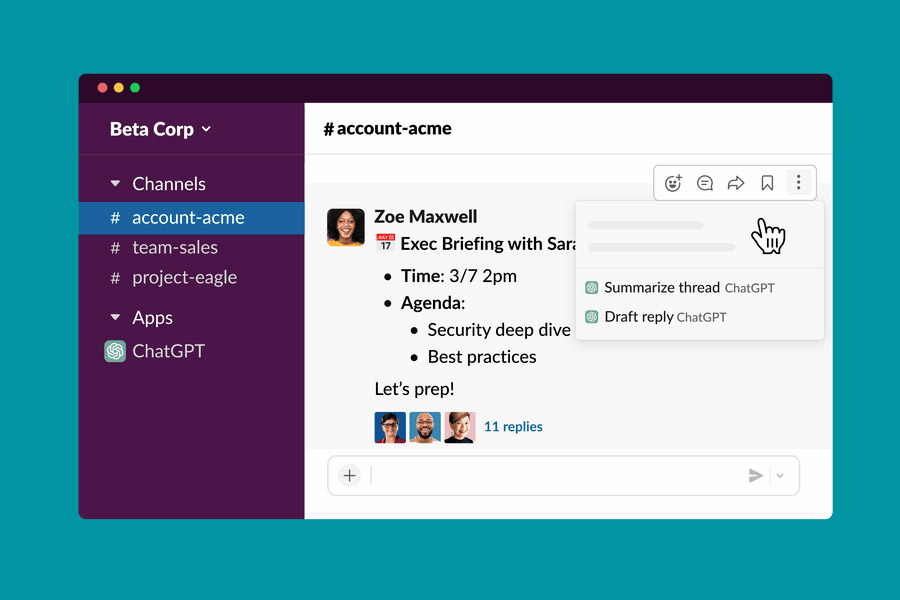 Set up ChatGPT to work within Slack channels for quick queries and assistance.
Set up ChatGPT to work within Slack channels for quick queries and assistance. - Microsoft Teams Connection
 If you’re a Teams shop, integrate ChatGPT for seamless collaboration.
If you’re a Teams shop, integrate ChatGPT for seamless collaboration.
Address the Elephant in the Room: Data Security
I can’t stress this enough - data security is paramount when implementing AI.
- Clear Guidelines: Establish what kind of information can and can’t be input into ChatGPT.
- Regular Audits: Set up a system to regularly review how ChatGPT is being used to ensure compliance with your data policies.
Feedback Loop: Iterate and Improve
Your first attempt won’t be perfect, and that’s okay. The key is to keep improving.
- Regular Check-Ins: Schedule monthly meetings to discuss what’s working and what’s not.
- Encourage Experimentation: Create a culture where team members feel free to try new ways of using ChatGPT.
Scale Smartly: From Pilot to Company-Wide
Once your pilot’s a success, it’s time to think bigger.
- Department-by-Department Rollout: Don’t try to implement across the entire company at once. Start with departments that can benefit most.
- Success Stories: Share wins from your pilot project to build excitement and buy-in across the company.
Measure, Measure, Measure
Remember those goals you set? Now’s the time to see if you’ve hit them.
- Productivity Metrics: Use tools like Asana or Trello to track task completion times before and after ChatGPT implementation.
- Satisfaction Surveys: Don’t forget the human element. Are your team members actually enjoying using ChatGPT?
Common Pitfalls to Avoid
I’ve seen a few stumbling blocks in my time. Here’s how to sidestep them:
- Over-Reliance: Remind your team that ChatGPT is a tool, not a replacement for critical thinking.
- Ignoring the Learning Curve: Some team members might take longer to adapt. Be patient and offer extra support where needed.
Real-World Success: A Case Study
Let me tell you about a marketing agency I worked with in Austin, Texas. They implemented ChatGPT to help with content creation and client communication. Within three months, they saw:
- A 40% reduction in time spent on first drafts
- A 25% increase in client satisfaction scores
- A 15% boost in overall team productivity
The key to their success? They started small, focused on training, and weren’t afraid to adjust their approach based on feedback.
Remember, implementing ChatGPT isn’t just about the technology - it’s about people. Keep your team’s needs at the forefront, and you’ll be amazed at what you can achieve. Now, go forth and conquer that productivity mountain!
Measuring the Impact of ChatGPT on Team Productivity
So you’ve introduced ChatGPT to your team, and things seem to be humming along nicely. But how do you really know if it’s making a difference? As someone who’s helped countless teams optimize their workflows, I can tell you that measuring impact is crucial. Let’s dive into how you can quantify the benefits of ChatGPT and make sure you’re getting the most bang for your AI buck.
Key Performance Indicators (KPIs) to Track
First things first, you need to know what to measure. Here are some KPIs that’ll give you a clear picture of ChatGPT’s impact:
Time Savings
- Track how long tasks take before and after implementing ChatGPT
- Use time-tracking tools like Toggl or RescueTime to get accurate data
Output Quality
- Monitor the number of revisions needed for documents or projects
- Implement peer review processes to assess quality improvements
Employee Satisfaction
- Conduct regular surveys to gauge team members’ feelings about using ChatGPT
- Look for changes in overall job satisfaction and stress levels
Project Turnaround Time
- Measure the time from project initiation to completion
- Compare timelines for similar projects before and after ChatGPT integration
Quantitative Measurement Techniques
Now, let’s get into the nitty-gritty of how to actually measure these KPIs:
-
- Split your team into two groups: one using ChatGPT and one not
- Compare productivity metrics between the groups over a set period
-
- Break down tasks into smaller components
- Measure the time taken for each component with and without ChatGPT assistance
-
- Calculate output per hour or per employee before and after ChatGPT implementation
- Look for trends in productivity over time
Qualitative Assessment Methods
Numbers don’t tell the whole story. Here’s how to capture the qualitative impact:
-
- Gather small groups of employees to discuss their experiences with ChatGPT
- Look for common themes and insights
-
- Ask questions like “How has ChatGPT changed your daily workflow?”
- Use tools like SurveyMonkey for easy distribution and analysis
-
- At the end of each project, discuss how ChatGPT impacted the process
- Document lessons learned and areas for improvement
Real-World Examples
Let me share a couple of success stories I’ve seen firsthand:
-
- Implemented ChatGPT for customer support
- Reduced average response time by 62%
- Customer satisfaction scores increased by 28%
Marketing Agency in New York City
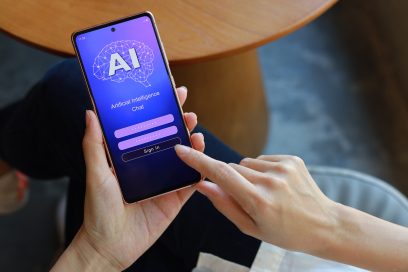
- Used ChatGPT for content ideation and drafting
- Increased content output by 40% without hiring additional staff
- Reported a 25% decrease in writer’s block incidents
Challenges and How to Overcome Them
Measuring impact isn’t always smooth sailing. Here are some common hurdles and how to jump them:
Data Overload
- Solution: Focus on 3-5 key metrics that align with your goals
- Use data visualization tools like Tableau to make sense of the numbers
Resistance to Measurement
- Solution: Communicate clearly about why you’re measuring and how it benefits the team
- Involve team members in choosing metrics to track
Attributing Success
- Solution: Use control groups or baseline periods for comparison
- Be open to the possibility that improvements may come from multiple factors, not just ChatGPT
Long-Term Impact Assessment
Don’t just look at short-term gains. Here’s how to assess long-term impact:
-
- Track metrics over an extended period (6 months to a year)
- Look for sustained improvements and trends
-
- Factor in the cost of ChatGPT implementation and training
- Calculate the financial impact of productivity gains over time
-
- Monitor how team members’ skills evolve with ChatGPT use
- Look for improvements in areas like writing, problem-solving, and data analysis
Remember, measuring the impact of ChatGPT isn’t a one-and-done deal. It’s an ongoing process that requires regular check-ins and adjustments. By staying on top of these metrics, you’ll not only justify your investment in AI but also continually optimize how your team uses this powerful tool.
So, grab your measuring stick and start tracking. With the right approach, you’ll have concrete proof of ChatGPT’s impact faster than you can say “productivity boost”!
The Future of AI in Team Collaboration
You know, every time I think about where AI’s heading in the workplace, I get a little giddy. It’s like we’re on the cusp of something huge, and ChatGPT is just the beginning. Let’s dive into what’s coming down the pike for team collaboration and AI.
Adaptive AI Assistants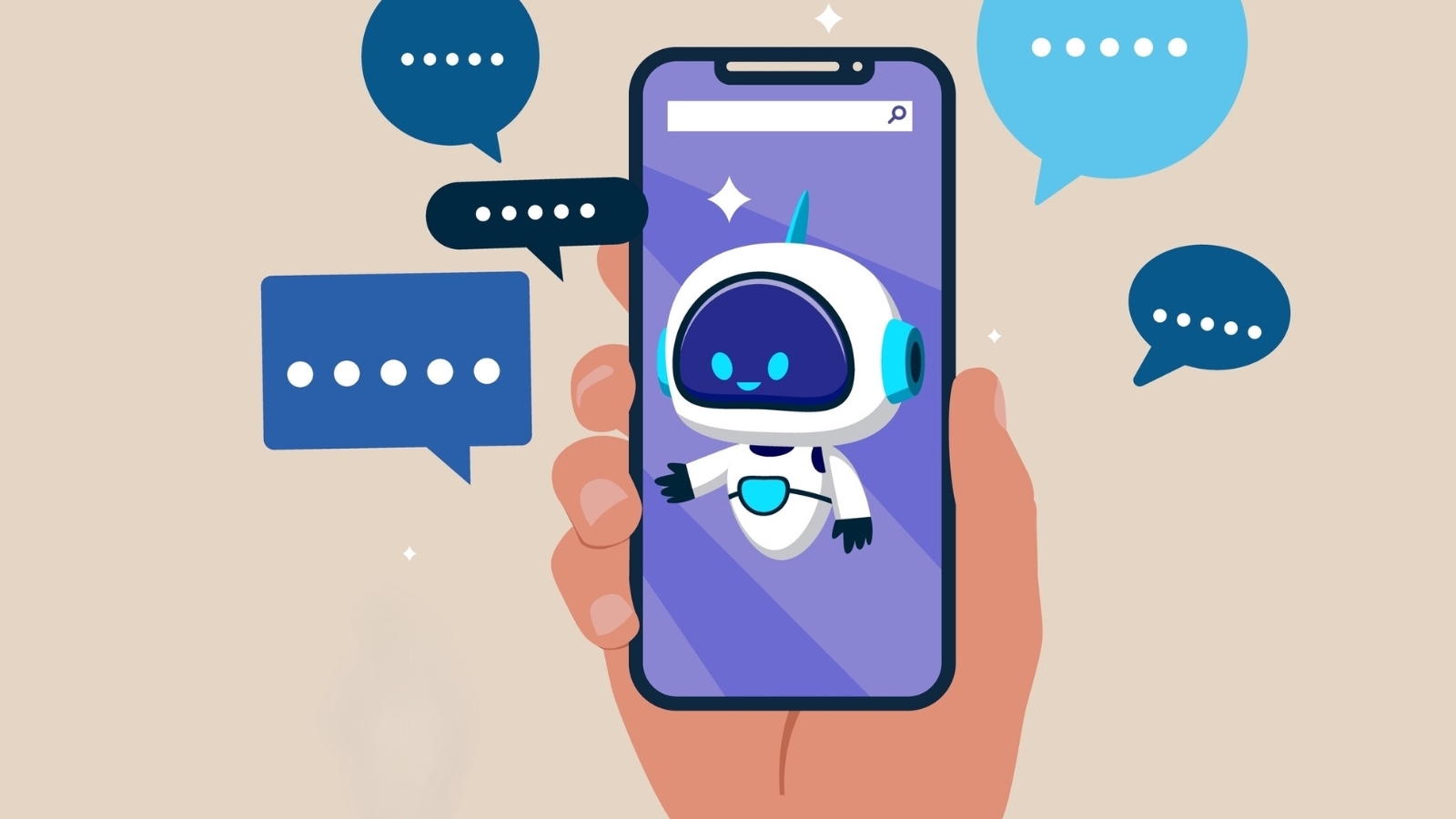
Imagine an AI that doesn’t just respond to prompts, but actually learns your team’s workflow and adapts to it. We’re talking about AI assistants that:
- Anticipate needs based on project timelines
- Suggest resource allocation in real-time
- Identify potential bottlenecks before they happen
I recently chatted with Sarah Chen, CTO at TechFlow Inc. in Seattle, who’s been testing an early version of this tech. She told me, “It’s like having a team member who never sleeps and always knows what needs to be done next.”
Natural Language Processing (NLP) Breakthroughs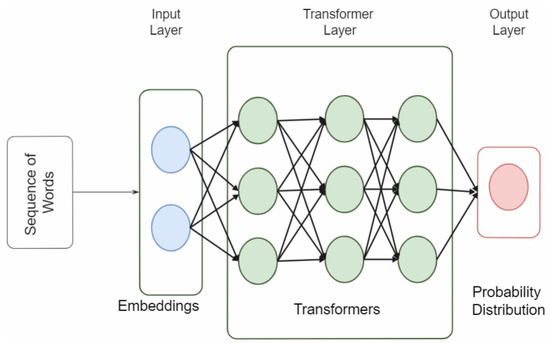
The future of NLP in team collaboration is mind-blowing:
- Real-time translation for global teams
- Emotion detection in written communication
- Context-aware responses that match team culture
Dr. Rajesh Patel at the MIT Media Lab predicts, “Within five years, AI will understand nuance and context in communication as well as humans do.”
Augmented Reality (AR) Integration
Picture this: You’re in a virtual meeting room, but AI is overlaying real-time data and suggestions right before your eyes.
- 3D project visualizations you can manipulate with gestures
- AI-generated avatars for remote team members
- Real-time fact-checking and information display
I tried a prototype of this at a tech conference in Tokyo last year. It felt like being in “Minority Report,” but for project management!
Predictive Analytics for Team Dynamics
AI won’t just help with tasks; it’ll help build stronger teams:
- Suggesting optimal team compositions for projects
- Predicting potential conflicts and offering mediation strategies
- Recommending personalized professional development paths
A study by Deloitte found that companies using AI for team analytics saw a 22% increase in team performance.
Ethical AI and Transparency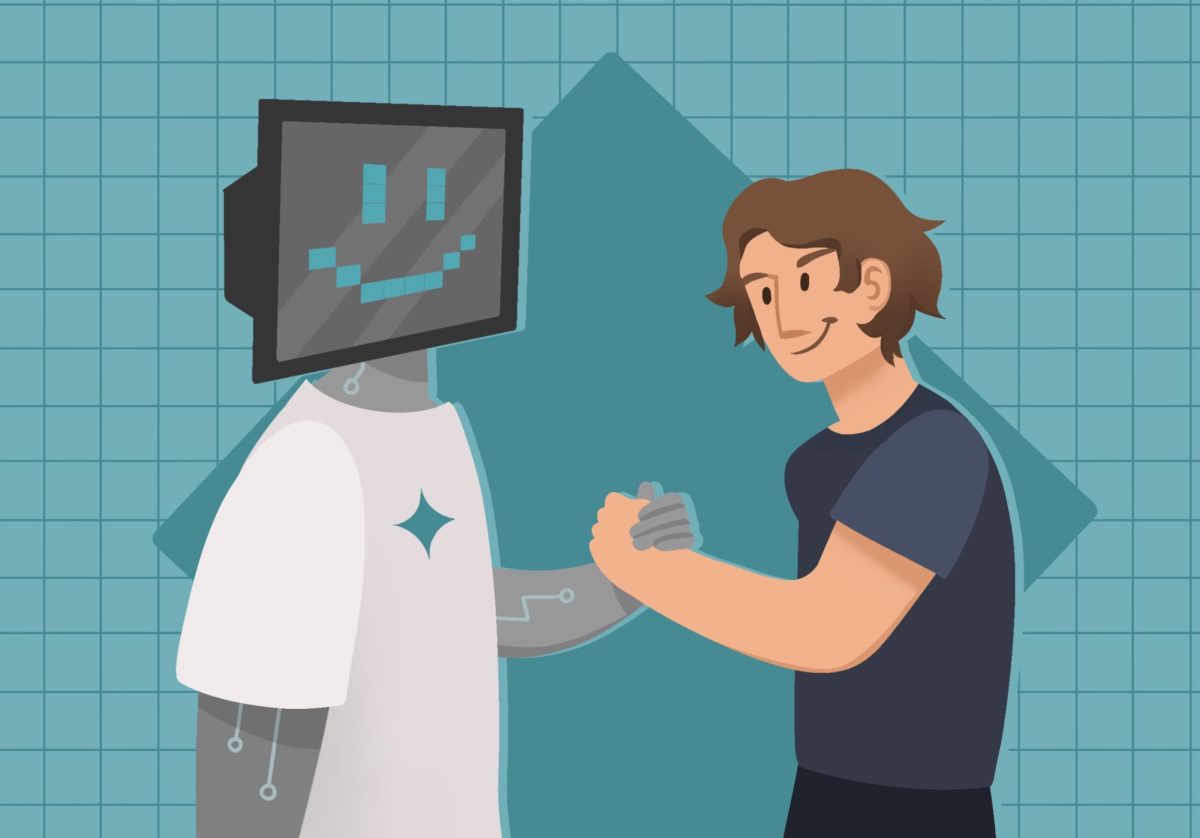
As AI becomes more integrated, ethical considerations will be front and center:
- AI decisions will come with explanations
- Teams will have control over what data AI can access
- Regular audits to ensure AI isn’t perpetuating biases
IBM is leading the charge here. Their “AI Ethics Board” is setting industry standards for transparent AI use in team environments.
Quantum Computing and AI
This is where things get really sci-fi. Quantum computing could supercharge AI capabilities:
- Solving complex team optimization problems in seconds
- Simulating infinite project scenarios for better decision-making
- Processing and analyzing vast amounts of team data instantly
While it’s still in early stages, companies like Google and IBM are making huge strides. We might see practical applications in team collaboration within the next decade.
Blockchain for Secure Collaboration
Blockchain tech isn’t just for crypto. It’s going to revolutionize how teams share and secure information:
- Immutable project logs for perfect accountability
- Secure sharing of sensitive information across global teams
- Smart contracts that automate complex multi-team workflows
I spoke with Alex Rodriguez, a blockchain expert at ConsenSys, who said, “Blockchain will be to team trust what the internet was to communication.”
Challenges on the Horizon
It’s not all smooth sailing. We’ve got some hurdles to clear:
- Data privacy concerns as AI gets more integrated
- The need for continuous learning as AI capabilities evolve
- Potential job displacement and the need for reskilling
But here’s the thing – these challenges are opportunities in disguise. They’re pushing us to be more innovative, more ethical, and more human in how we work together.
The Human Element
At the end of the day, AI in team collaboration isn’t about replacing humans. It’s about augmenting our abilities and freeing us up to do what we do best: create, innovate, and connect.
As Satya Nadella, CEO of Microsoft, put it, “AI is going to be one of the most transformative technologies of our time, helping us solve some of the world’s most pressing challenges.”
The future of AI in team collaboration is bright, exciting, and just around the corner. It’s not about AI vs. humans; it’s about AI and humans, working together in ways we’re only beginning to imagine. So buckle up, folks – the collaboration revolution is just getting started!


